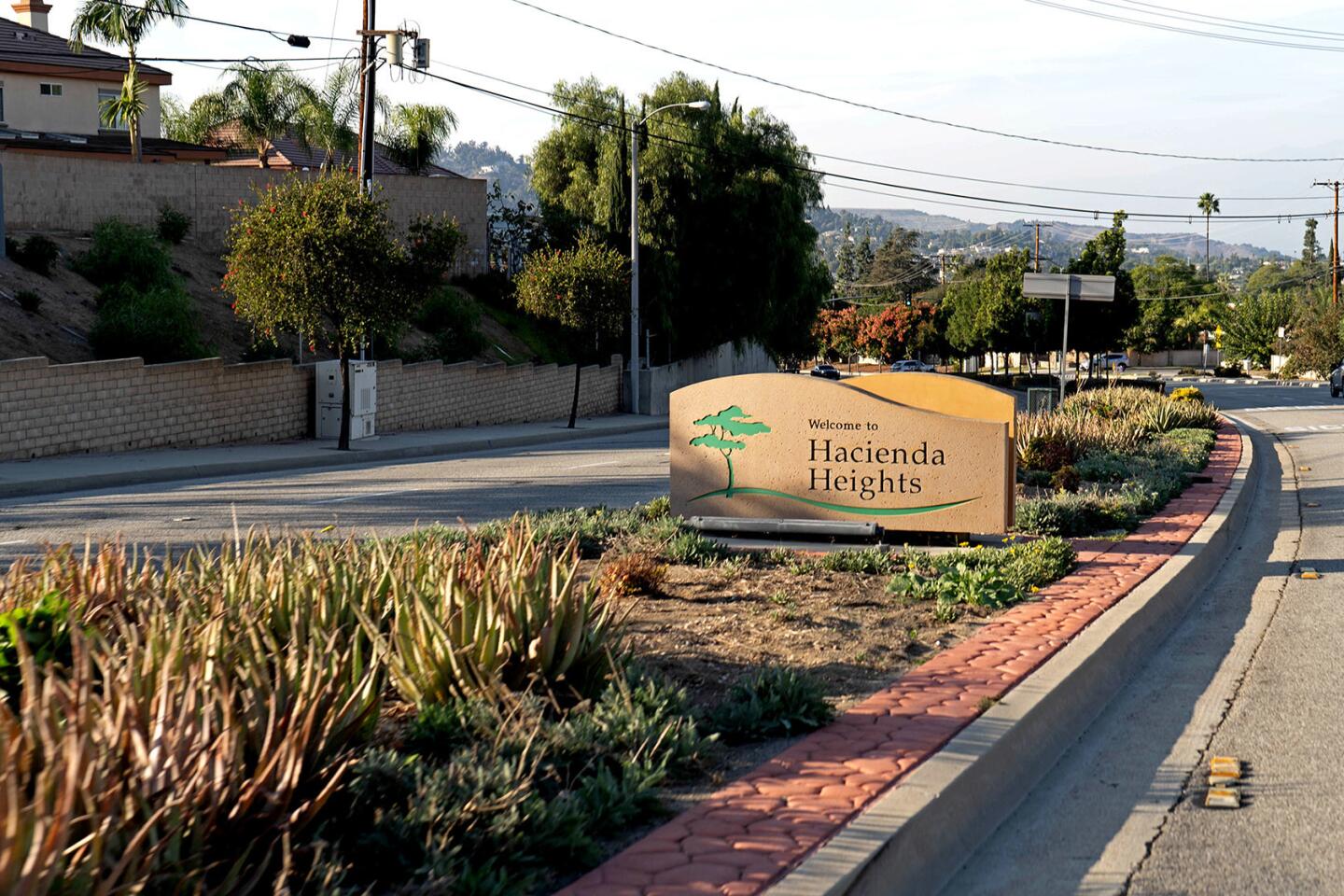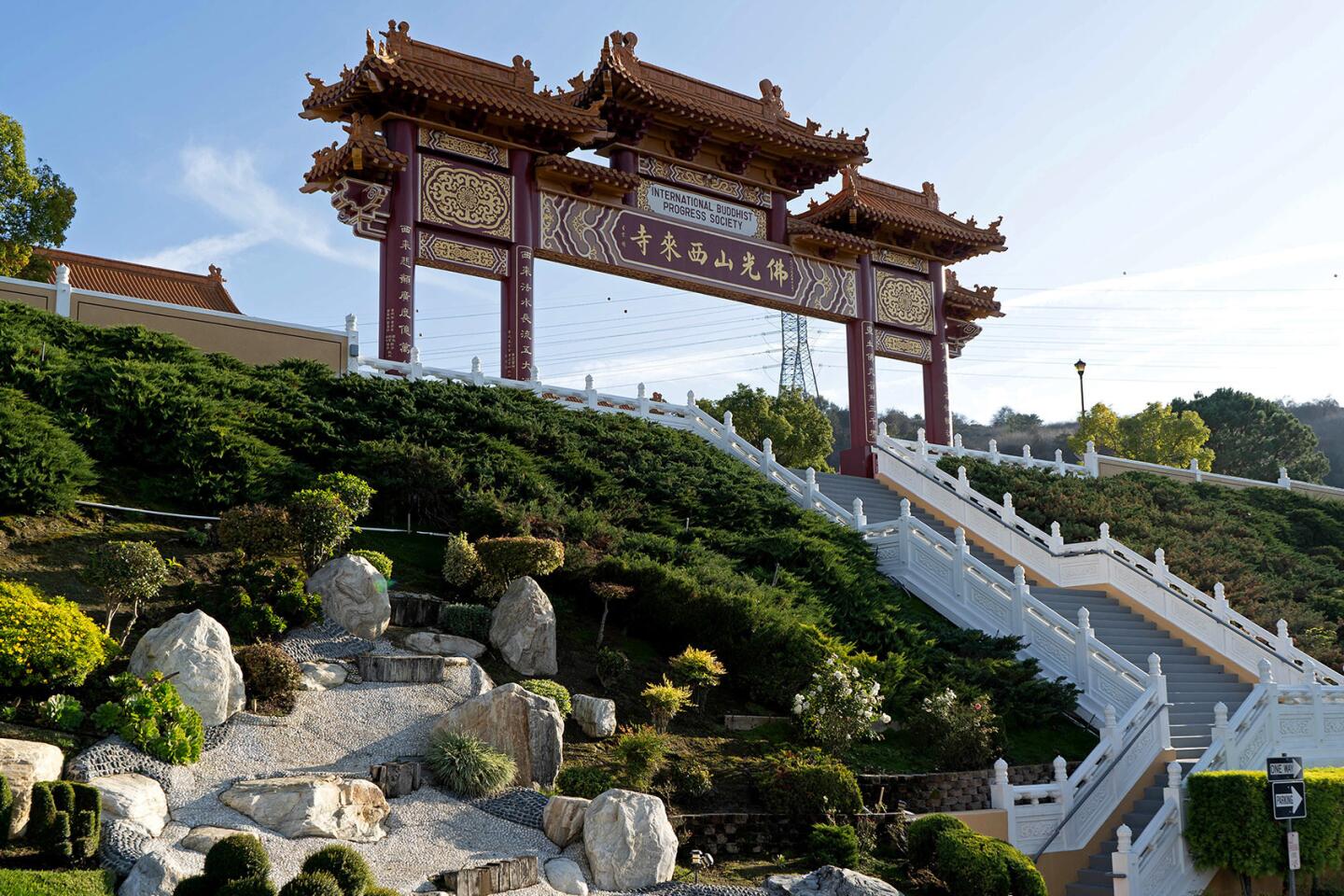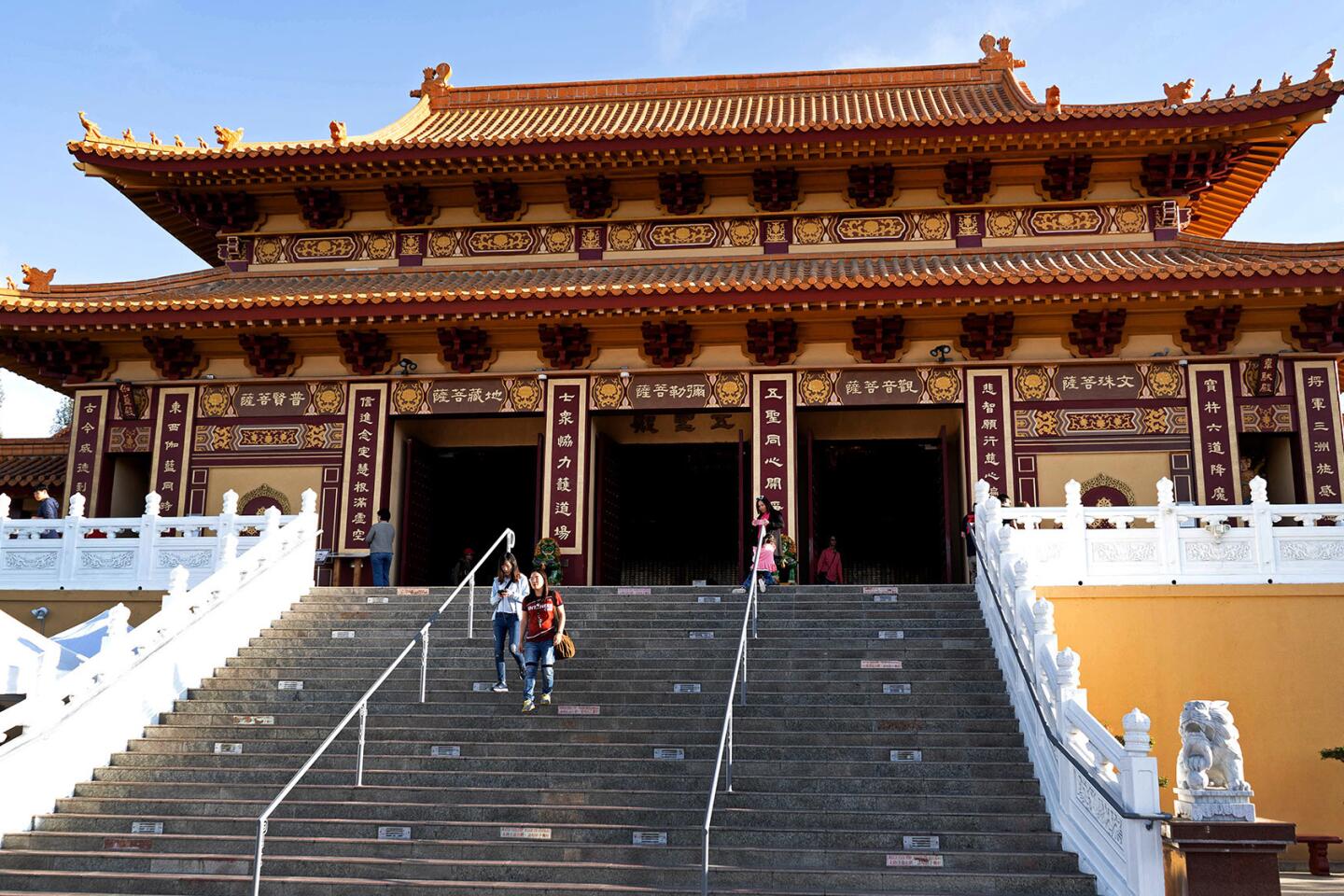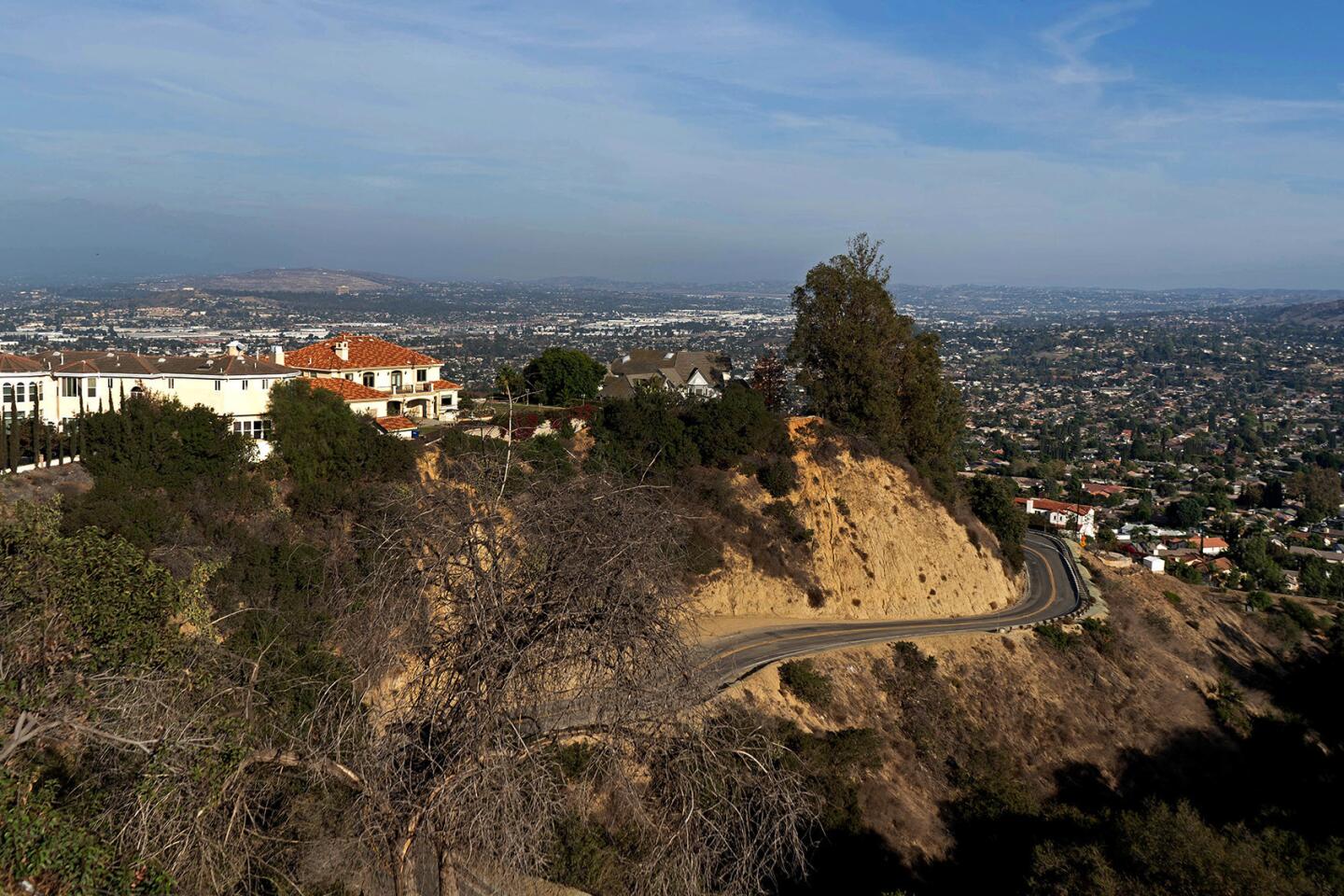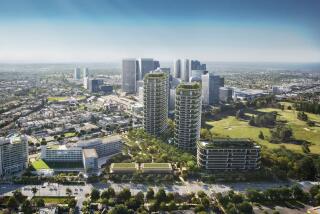Neighborhood Spotlight: Hacienda Heights’ suburban living sprouted where orchards once grew
The scenic hills and fertile plains of the future suburb of Hacienda Heights were originally part of the 50,000-acre Rancho la Puente. The territory was under Spanish and then Mexican control until it was officially given away by land grant in 1845.
The recipients of the rancho were John Rowland and William Workman, two immigrants from Taos, N.M, who arrived in the area at the head of an overland caravan of settlers in 1841.
Rowland and Workman would both leave their marks on the history of the region. The former became the namesake of nearby Rowland Heights, and the latter founded the sprawling Workman-Temple family dynasty, which produced the 18th mayor of Los Angeles and bequeathed its name to the city’s historic Temple Street.
Upon the two men’s deaths in the 1870s, the rancho went into foreclosure, passing into the hands of legendary land baron Lucky Baldwin, where it remained until his death in 1909.
In 1913 its new owner, a transplanted Ohioan named Edwin Hart, dubbed it North Whittier Heights and subdivided the land into 5- to 50-acre tracts of what was marketed as “Lemon and Orange Land.”
He also established the first packinghouse to collect the harvest of the area’s citrus groves and avocado orchards for shipping across the United States.
North Whittier Heights remained predominantly agricultural until the 1940s, when a citrus blight devastated the industry. Demand for housing after World War II saw the unincorporated community begin its transformation from farmland into a suburb of greater Los Angeles.
Portions of North Whittier Heights were cleaved away in 1957 when the industrial districts of the town incorporated as the city of Industry, in a scheme to avoid paying county taxes on unincorporated land.
In 1961, one year after the orange groves along Hacienda Boulevard were plowed under to make way for development, and the local library took the name Hacienda Heights Branch, the community officially adopted the new moniker.
As with the rest of the San Gabriel Valley in the 1970s and 1980s, Hacienda Heights became a major destination for Chinese and Taiwanese immigrants to the United States. This demographic shift — along with opposition from other communities where it was originally proposed — led in 1988 to the construction of the Hsi Lai Buddhist Temple in the hills above Hacienda Heights.
Neighborhood highlights
Safe suburban home: Hacienda Heights is the dictionary definition of a suburb, with pleasant tree-lined streets, plentiful single-family homes and a low crime rate.
Take a hike: The nearby Puente and Whittier hills offer hiking trails, wildlife preserves and scenic views of both the San Gabriel Valley and the Los Angeles Basin.
Neighborhood challenges
Drive to work: Because there are few large employers in Hacienda Heights, most residents need to commute to nearby employment centers for work.
Expert insight
“When I speak to residents, the biggest draws are the schools, the safety and the diversity,” said Michelle Chen, a real estate agent with eight years of experience in the area.
Parks and nature areas sit to the south of the suburb, and on the west side, hiking trails slither through the Hacienda Hills.
“It’s an active community. People enjoy the parks and local restaurants, as well as the community center that opened four years ago,” Chen said. She added that most residents are here to stay, since an overwhelming majority own their homes instead of renting.
Market snapshot
In the 91745 ZIP Code, based on 26 sales, the median sales price for single-family homes in September was $678,000, up 5.9% year over year, according to CoreLogic.
Report card
Of the 15 public schools in the Hacienda Heights boundaries, five scored above 900 on the 2013 Academic Performance Index. Those include Los Molinos Elementary at 953, Grazide Elementary at 952, Wedgeworth Elementary at 943, Mesa Robles at 918 and Los Altos Elementary at 914.
The two biggest high schools in the area, Glen A. Wilson High and Los Altos High, scored 835 and 795, respectively.
Times staff writer Jack Flemming contributed to this report.
